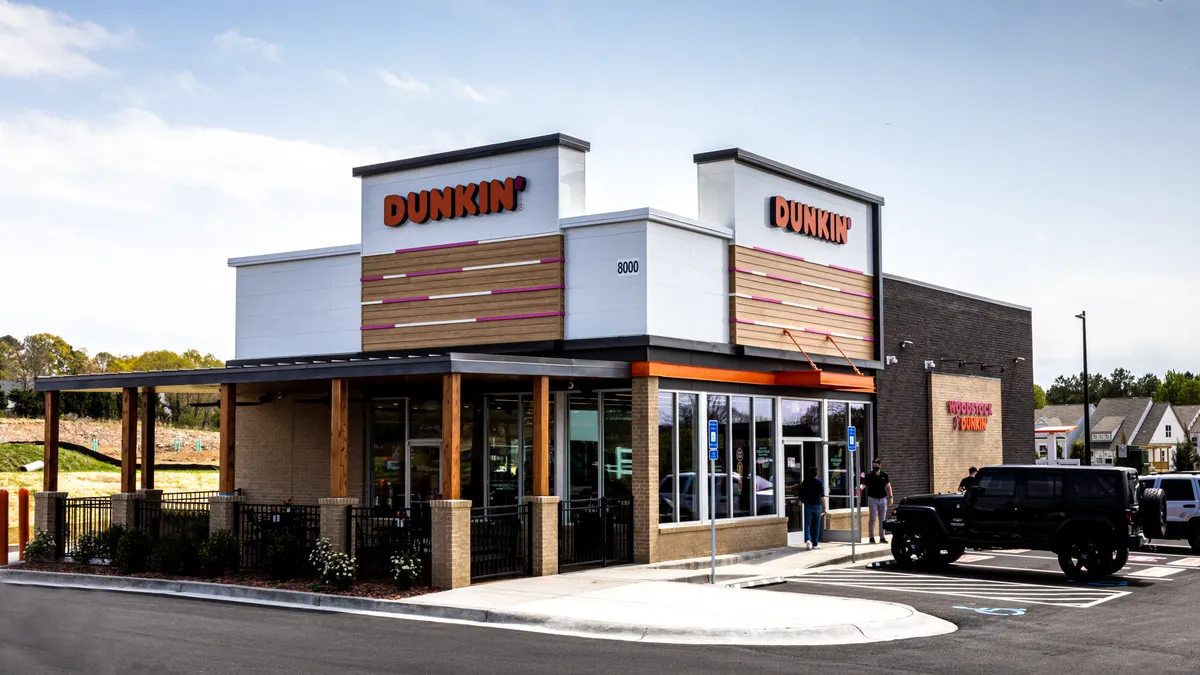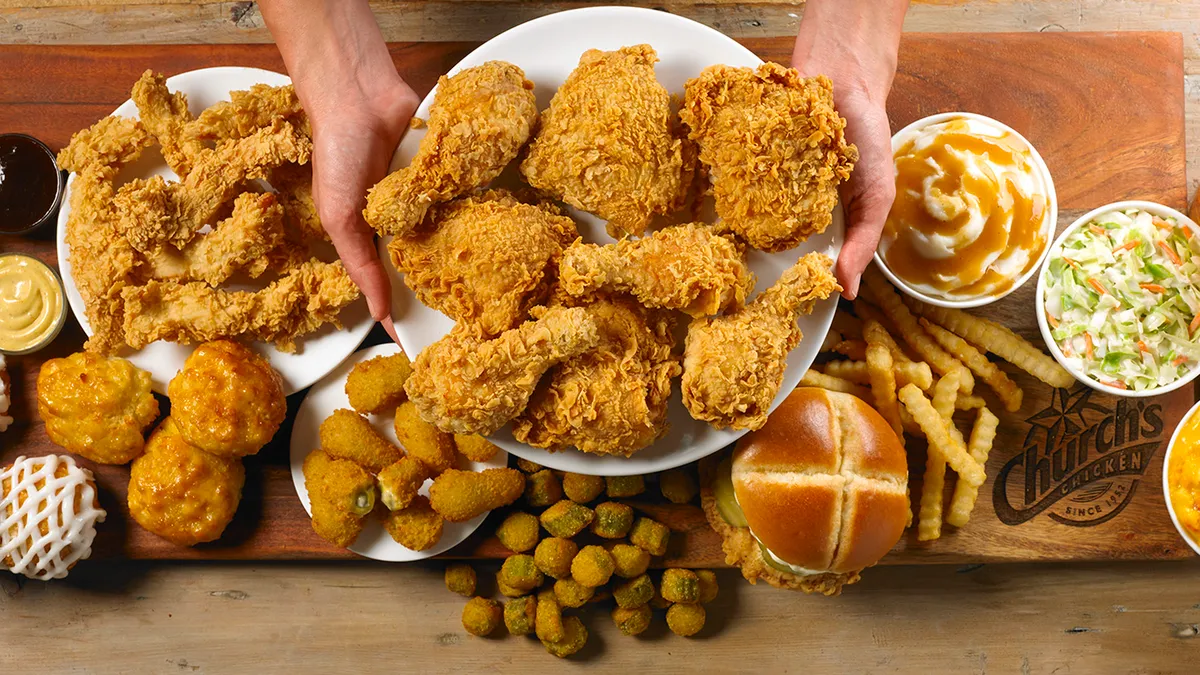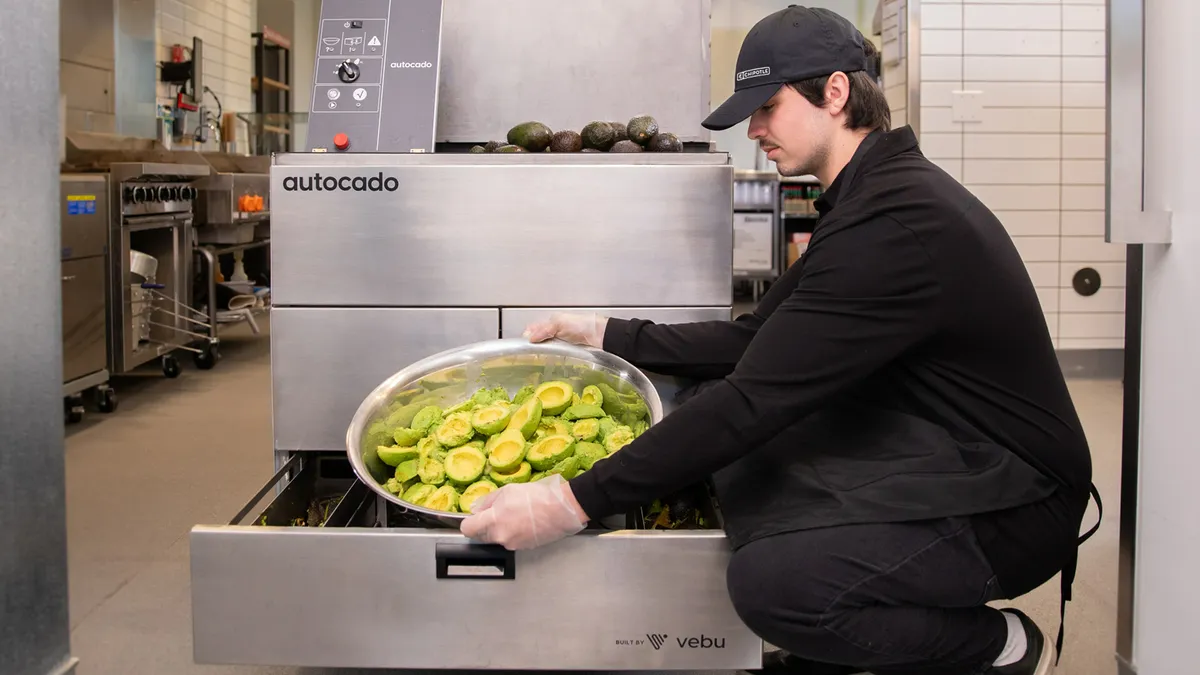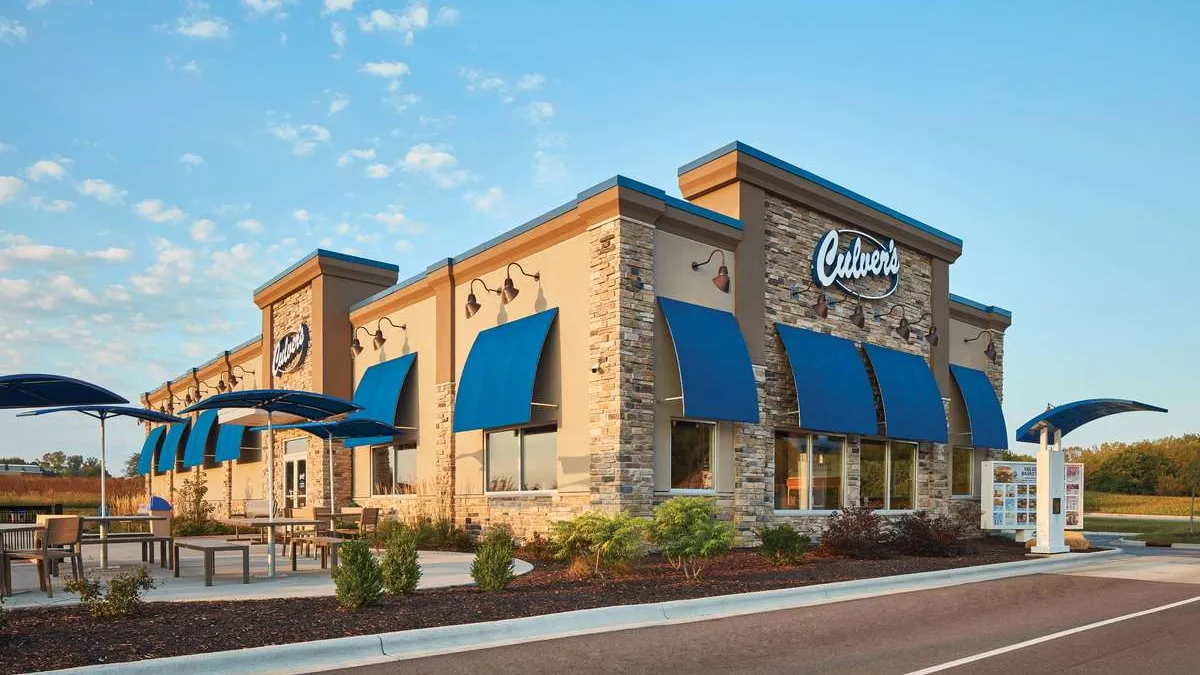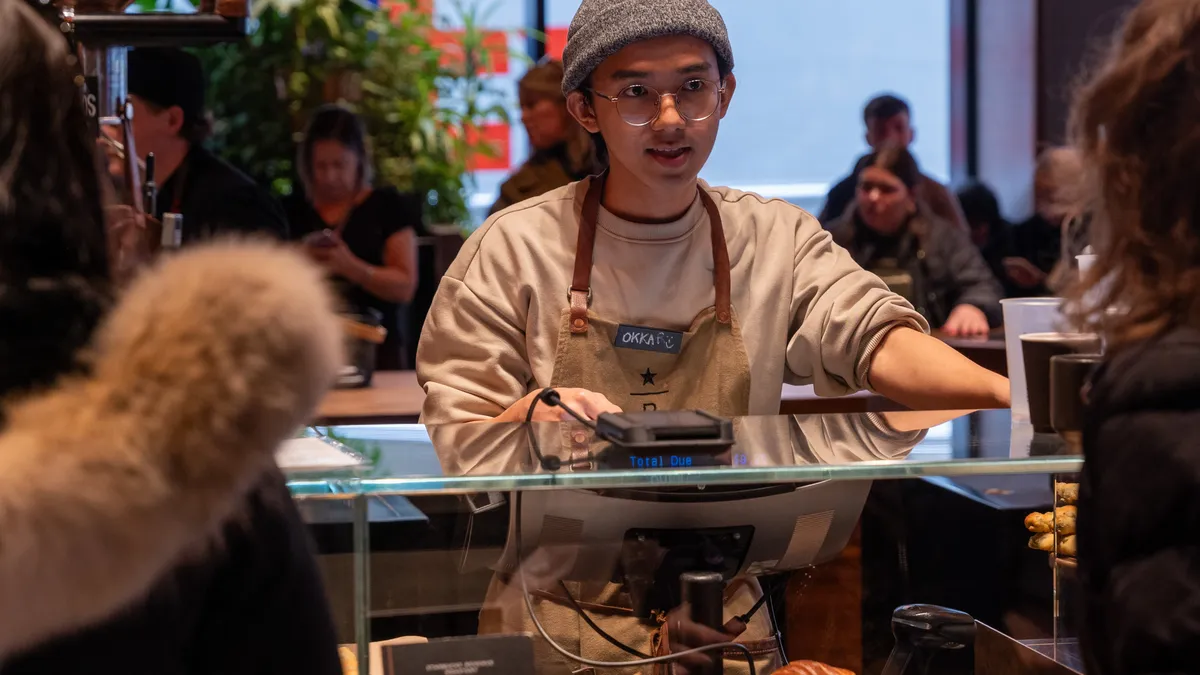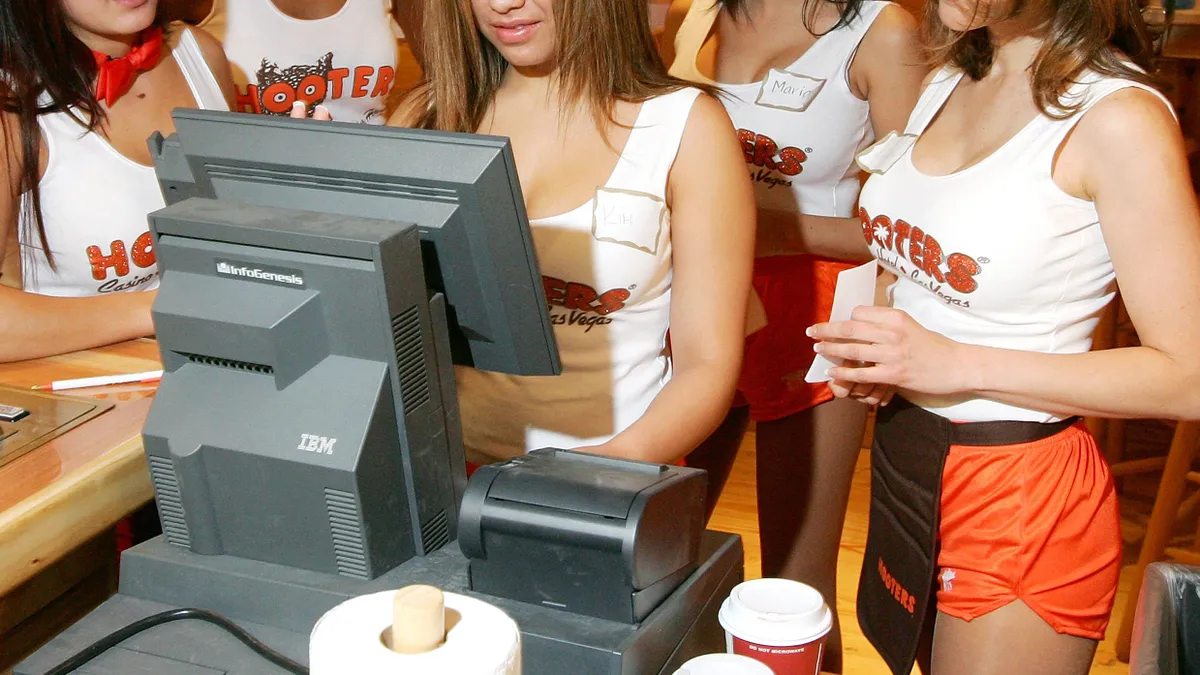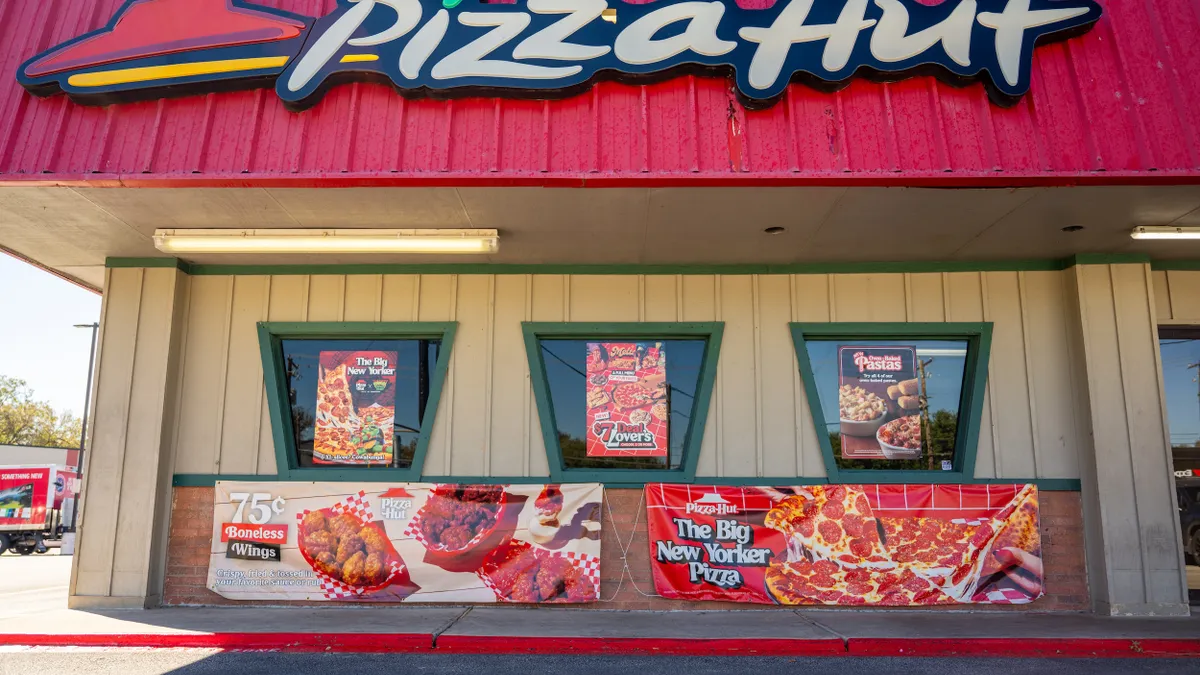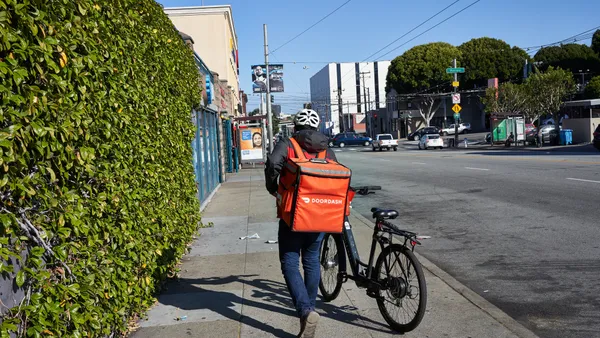Restaurant brands have four months to prepare for one of the biggest wage hikes in the industry’s history. Many publicly traded brands discussed the measures they intend to take — including price hikes and operational changes — during their most recent earnings calls.
On April 1, California is raising the hourly minimum wage for fast food workers to $20 at restaurants with more than 60 units nationwide. This sectoral wage is accompanied by a wage council with representatives of labor, business and the state that possesses limited authority to raise wages each year until 2029. The council can also comment on working conditions and regulations in the industry, thanks to a major labor law reform passed in California earlier this year.
This policy change is the outcome of a recent deal between major industry groups, the administration of California Governor Gavin Newsom and the Service Employees International Union.
In the end, restaurants secured a smaller wage hike than AB 1228’s predecessor, the FAST Recovery Act (AB 257), called for; AB 257 would’ve given a stronger council the authority to set the fast food minimum wage at $22 an hour. The industry also won a time limit and statutory limit on the council’s authority — comparatively, AB 257 would have created a council with the authority to regulate some working conditions. With AB 1228, restaurants also dodged the threat of joint-employer regulations in the Golden State, which would have held franchisors accountable for franchisee labor law violations.
For its part, SEIU landed a high sectoral wage from AB 1228, as well as a titular council. The union also avoided a costly political fight that could’ve drained its resources in a presidential election year. Newsom got to look like a peacemaker.
Major chains need to prepare for annual wage hikes in California of up to 3.5% — or the general rate of inflation, whatever is lower — enacted by the fast food council. This limit will tend to deflate the value of the minimum wage over time.
As consumer price sensitivity weighs on restaurant traffic, and the federal government considers its own joint employer rules, fast food brands face a challenging operating environment. These pressures constrain QSRs’ ability to offset the sticker shock of a $20 sectoral minimum wage, which could hurt sales in California if brands raise prices. Here’s how five major restaurant brands are preparing their businesses for these impending wage hikes.
Chipotle
On the burrito brand’s Q3 2023 earnings call, Chipotle CFO Jack Hartung said it was planning menu price increases at its California restaurants to offset the impact of the sectoral minimum wage, which he said would be a wage increase in “the high teens to 20%.”
“We haven't made a decision on exactly what level of pricing we're going to take,” Hartung said. “It's going to be a mid to high single-digit price increase, but we are definitely going to pass this on. We just haven't made a final decision as to what level yet.”
Hartung added that California accounts for about 15% of Chipotle’s store count and would contribute to a national increase in labor costs of between 2.5% and 3%. Based on the company’s financials, AB 1228 is likely to increase Chipotle’s overall wage bill by about $74 million, or 0.75% of total revenue.
McDonald’s
On McDonald’s Q3 earnings call, CEO Chris Kempczinski was less specific in his estimates of how California’s fast food rules would impact the company. The chain and its franchisees will pass some of the increased labor costs on to California consumers, he said.
“There's going to be some element of that that does need to be worked through with higher pricing,” Kempczinski said.
The Golden Arches will look for improvements in productivity, Kempczinski said, to offset the crimp to franchisee cash flow. Ultimately, though, McDonald’s is the largest QSR brand in the U.S. and its average unit volume was $3,625,000 in 2022 — compared to $1,973,000 at Wendy’s and $1,508,000 at Burger King according to QSR Magazine — which may explain why Kempczinski feels AB 1228 will ultimately benefit McDonald’s.
“This is an opportunity for us to gain share, because this is an impact that's going to hit all of our competitors,” Kempczinski said. “We believe we're in a better position than our competitors to weather this.”
Jack in the Box
Jack in the Box, which owns Del Taco, plans to weather the price hikes through several strategies.
“We will rely on pricing, margin improvement initiatives, and unique guest loyalty in California, where both brands have been beloved for over 60 years,” CEO Darin Harris said on the company’s Q3 earnings call.
Given how much of Jack in the Box’s system is concentrated in California, the company expects wage rates at stores it operates to rise between 10% and 12%. Excluding AB 1228, wages would rise by 3% to 5% in 2024, CFO Brian Scott said on the call.
Pricing wise, Jack in the Box anticipates that it will raise menu prices between 6% and 8% to offset the labor cost increases, though the precise level of menu price increases is not yet clear. Harris also said this planned pricing action raises uncertainty in sales projections, as the level of consumer price elasticity is unknown.
Shake Shack
Shake Shack expects a significant increase to labor costs, given how much of its system is located in California, Randy Garutti, Shake Shack’s CEO, said on its most recent earnings call.
Garutti declined to share specific estimates of labor cost increases.
The chain was already looking to boost efficiency through “improved forecasting and labor scheduling and driving broader kiosk adoption,” Katie Fogertey, Shake Shack’s CFO, said on the call.
With the chain expanding and diversifying its formats to include more drive-thrus, Fogertey said, it’s already interested in changing up its labor model and its deployment, based on careful study of restaurant operations. Fogertey said the chain was testing and deploying a new staffing system this quarter and in early 2024 to “best optimize the unique needs of each of our Shacks.”
Denny’s
Although Denny’s is not a QSR, the chain expects labor costs to rise as casual dining restaurants are forced to raise wages to remain competitive with fast food and fast casual chains.
“Clearly there will be pricing that will be required, and we look to take that in a very strategic way. It's not going to be some blanket-level of pricing,” Robert Verostek, Denny’s CFO, said of menu changes on the chain’s Q3 earnings call. Verostek said an average price increase of around 3% seemed like a reasonable estimate, but any price increases will be targeted based on price elasticity.
These changes will be accompanied by other initiatives to boost sales without incurring higher labor costs. In particular, Verostek said, the company would look to expand its in-house virtual brand, Banda Burritos, and its testing with Franklin Junction, a host kitchen platform.
Denny’s may be at an advantage relative to QSRs, as its servers tend to earn more than $20 an hour, including tips, and back of house staff are already close to that wage level, meaning the chain won’t see a massive spike in labor costs, Verostek said.





